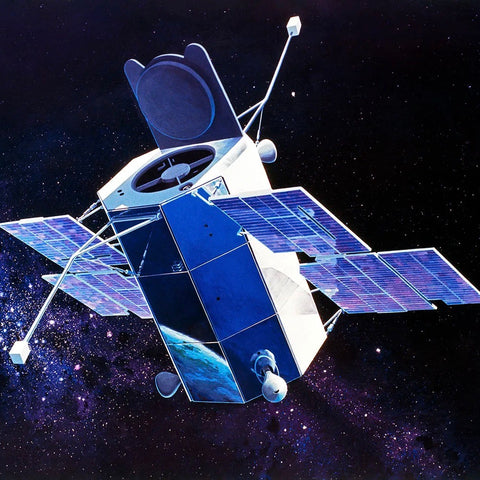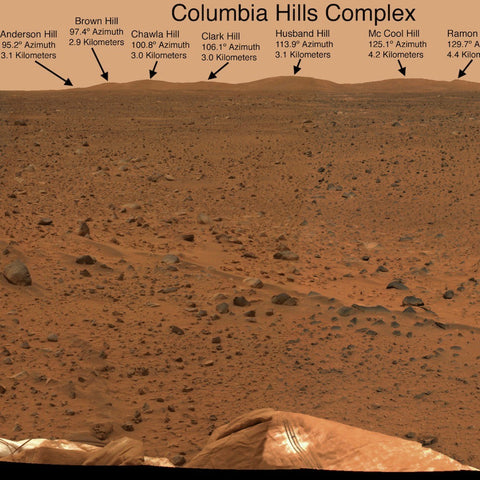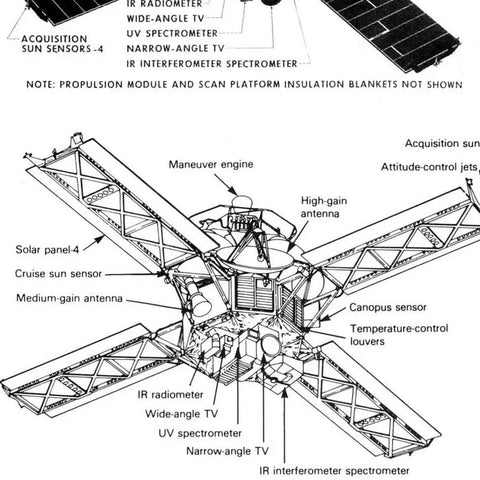In the vast realm of space exploration, collaboration has proven to be a key catalyst for unlocking the mysteries of the cosmos. The Orbiting Astronomical Observatory (OAO) program stands as a shining example of how international collaboration can amplify the impact of scientific endeavors. Join us as we explore the story of OAO program and its role in fostering partnerships that transcend national borders in the pursuit of knowledge beyond our atmosphere.
OAO Program: Global Scientific Endeavors
From its inception, the OAO program embraced the spirit of international collaboration to enhance its scientific capabilities. By bringing together the expertise, resources, and perspectives of multiple nations, OAO program aimed to maximize the scientific output of its observatories. This approach facilitated the sharing of knowledge, technological advancements, and the distribution of observational data, laying the foundation for a collaborative model that would endure for decades.
OAO-2 and Global Participation:
OAO-2, the second installment of the program, exemplified the power of international collaboration. Launched in 1968, OAO-2 welcomed participation from countries such as the United States, the United Kingdom, Canada, Japan, and the Netherlands. Each contributing nation played a vital role in the success of the mission, providing instruments, technical support, and valuable insights that enriched the scientific objectives of the observatory.
OAO Program's Influence on Future Collaborations:
The collaborative nature of the OAO program set a precedent for future international collaborations in space exploration. The lessons learned and successes achieved paved the way for joint missions, shared space observatories, and collaborative research initiatives. The legacy of OAO program influenced subsequent projects like the Hubble Space Telescope, which would later become a symbol of international collaboration in space exploration.
Ongoing Partnerships:
The ethos of international collaboration initiated by OAO program continues to resonate in contemporary space missions. Today, space agencies from around the world join forces to explore distant planets, study the cosmos, and conduct groundbreaking research. Collaborative efforts have become integral to addressing the complex challenges of space exploration, fostering a sense of shared responsibility for the advancement of human knowledge beyond Earth.
Bridging Borders and Fostering Understanding:
Beyond the scientific achievements, international collaboration in space exploration serves as a bridge that connects diverse cultures and nations. By working together on ambitious projects, scientists and engineers from different corners of the globe form bonds that transcend geopolitical boundaries. These collaborations foster a sense of unity in the pursuit of a common goal—the exploration and understanding of the universe.
The OAO program's legacy in international collaboration stands as a testament to the power of bringing nations together in the pursuit of scientific excellence. By fostering partnerships that extend beyond national borders, OAO program paved the way for a new era of space exploration where collective knowledge and resources propel humanity's understanding of the cosmos. As we look toward the future, OAO program's collaborative spirit remains an inspiration for the continued global efforts to unravel the mysteries of the universe.






